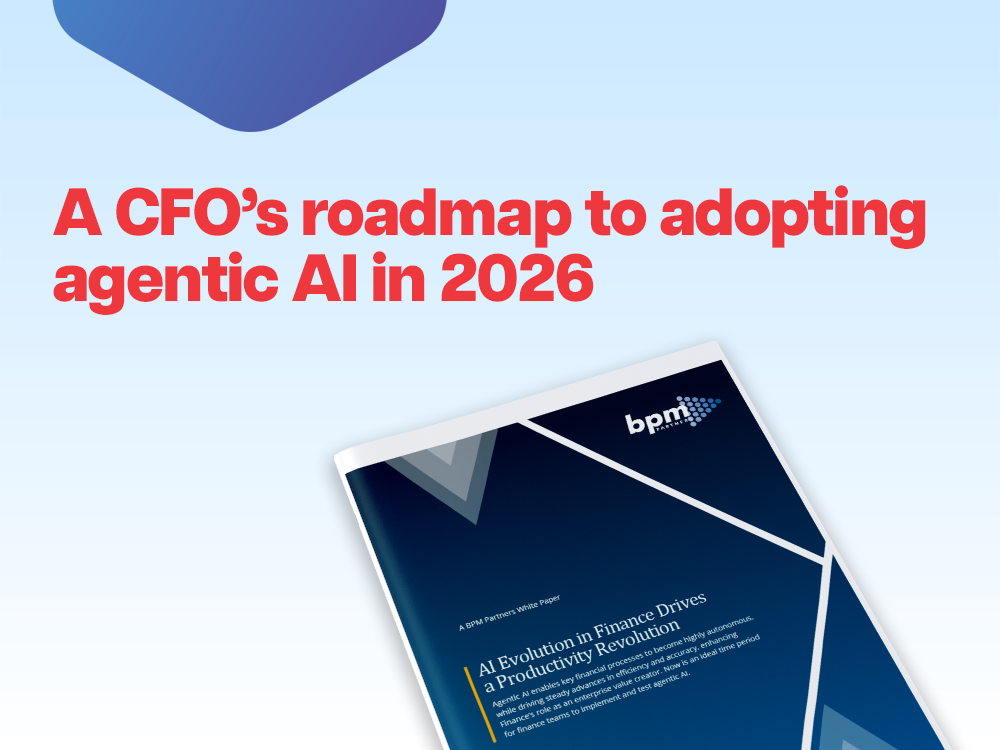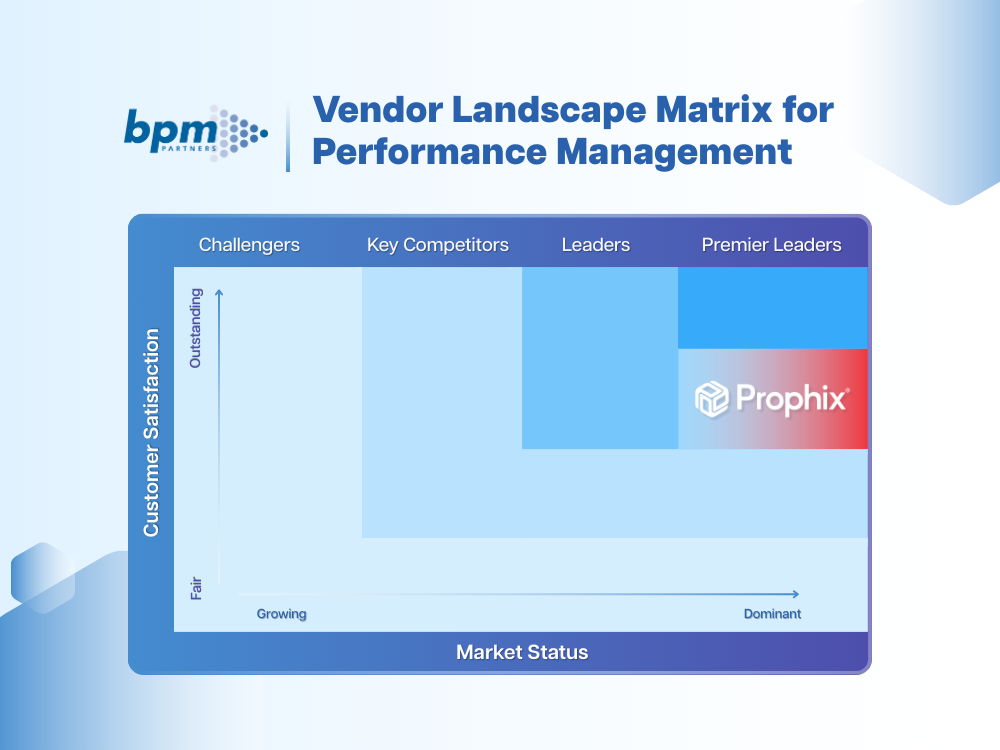Download Analyst Report
Mastering Financial Close: A Comprehensive Guide
Financial close is an overarching term used to describe all finance processes.
October 22, 2024The financial close process has changed significantly since 2020, with a strong focus on automation, data integration, real-time insights, and compliance to enhance efficiency and accuracy in financial reporting.
And so, no one will argue that properly closing the books is essential for keeping organizations compliant, financially healthy, and on a steady growth trajectory. However, the financial close process can be one of the most time-consuming and resource-intensive endeavors for a finance team, causing headaches for all involved.
This comprehensive guide will cover how to address common challenges with financial close, and how you can streamline this process to free up time to focus on strategic priorities.
Key takeaways on financial close
If you’re looking for a few key takeaways on financial close, here’s three of the essential points covered in our guide:
- The financial close process is essential for ensuring the accuracy and integrity of financial records, which supports compliance and informed strategic decision-making.
- A successful financial close includes clear preparation, execution of account reconciliation, compliance checks, and thorough post-close reviews to identify areas for improvement and ensure precision.
- Prophix One, a Financial Performance Platform, enhances the financial close by streamlining data collection, automating reconciliation and reporting processes, and fostering collaboration, leading to more efficient and accurate financial outcomes.
What is financial close?
Financial close is a monthly, quarterly, or yearly process where finance leaders collect, reconcile, validate, and analyze transactions from a specified accounting period. The function of financial close is to ensure that a company’s financial activities are recorded and reported without errors. This helps organizations maintain accurate financial records, align investments with strategic goals, and meet their financial obligations.
The financial close process is made up of several other finance processes including transaction matching, account reconciliation, and reporting. A clear understanding of your quarterly or monthly financials can aid in decision-making, compliance, and strategic planning.
Financial close vs. closing the books
Financial close is an overarching term used to describe all the finance processes involved in this quarterly, annual, or month-end exercise, including transaction matching, account reconciliation, and reporting.
Financial close also encompasses the concept of ‘closing the books,’ which traditionally refers to the step in the process where accounts are reconciled before sending reports to stakeholders and executives.
It’s worth noting that financial close and closing the books are often used interchangeably, but financial close encompasses the broader set of processes required to validate transactions.

The step-by-step for a smooth financial close process
To achieve an efficient and effective financial close, you can follow this structured 4-step process:
Step 1: Preparation and planning
The first step in your financial close is to determine the financial period you will analyze. You must specify if your financial close is for the previous month, quarter, or year.
And then you need to determine a timeline for this process. Before choosing your timeline, it can be helpful to know that leading organizations usually close their books in 6 days or less.
During this process, you must also collect all relevant financial documents, including financial statements, invoices, payroll records, and bank statements for the specified period.
Step 2: Execute the close process
In step two of your financial close, you must reconcile your accounts, including your bank accounts, accounts receivable, and accounts payable. This should also include thorough documentation of changes made for future reference and for audit purposes.
Next, you need to conduct a statement analysis, which involves reviewing your financial statements for accuracy and consistency and ensuring compliance with accounting standards. This involves looking for mis-entered amounts, incorrectly posted transactions, and missing or late payments.
The goal of this step is to identify and correct errors, such as discrepancies between your general ledger and subsidiary ledgers.
Step 3: Compliance and quality control
In step three of your financial close, your focus should be on compliance and quality control. You should ensure your financial statements comply with any regulatory requirements, such as GAAP or IFRS, and that all your information has been validated for accuracy by cross-checking figures and verifying data sources.
Many finance solutions, like FP&A software, can automate this process by comparing your financial statements to pre-defined standards and regulations. FP&A software also offers alerts for discrepancies, real-time data analysis, and automated reporting capabilities to further accelerate your financial close.
Note: FP&A software and Financial Performance Platforms are analogous. We use both terms interchangeably throughout this guide.
Step 4: Post-close review and continuous improvement
After closing your books, you should conduct a debriefing session with all relevant stakeholders, including the finance team, department heads, and external auditors, to discuss what worked well and what could be improved in future closes.
This is a good opportunity to review how long each phase took, identify any bottlenecks in the process, and evaluate the accuracy of your reports. If your close took 10 days or more, this is a clear indication that you could benefit from automating some steps of the process with FP&A software to reduce manual errors, improve data accuracy, and free up time for strategic analysis.
With insights from your post-close review, you can create an action plan to improve your financial close next month, quarter, or year.

Get your 3-step blueprint to a smarter, faster close.
7 ways to improve financial close with Prophix One™
Now that you’re familiar with the steps of financial close, let’s take a closer look at how FP&A software like Prophix One can further enhance the accuracy and efficiency of your close.
1. Define a clear financial close process
Perhaps the most important part of your financial close is defining a clear process. This process should involve:
- Gathering financial statements including bank statements, accounts receivables, accounts payable, and any additional data from departments and subsidiaries.
- Collecting past invoices for the specified financial period.
- Reviewing payroll for any discrepancies.
- Reconciling bank accounts to ensure transactions are matched and there are no outstanding payments.
With Prophix One Account Reconciliation you can use standardized templates and processes, built-in checklists, and close performance analysis to automate the process of matching transactions across financial accounts, ensuring accuracy by identifying discrepancies and streamlining adjustments.
2. Enhance collaboration across teams
Since financial close involves collecting and validating data from across the organization, collaboration across teams is the key to success. Department heads, subsidiaries, and auditors should be involved in the process by contributing data, validating discrepancies, and reviewing reports. To keep stakeholders informed throughout the process, you should set up regular touchpoints in the form of meetings or updates.
Prophix One Intercompany Management allows subsidiaries to do their own transaction matching and issue resolution, making it easier for finance teams to have oversight and control over the process. Allowing subsidiaries to compile and validate their own data also reduces the risk of manual errors and improves organizational efficiency, leading to faster close times. Prophix One Intercompany Management also establishes a single version of truth for your data, so everyone involved in your financial close can be better informed.
3. Conduct post-close reviews
As discussed above, the final step in your close process is conducting a post-close review. This usually happens after the relevant reports have been shared with department heads, subsidiaries, and auditors. The intention of a post-close review is to pinpoint any bottlenecks in your process, identify ways to shorten your close timeline, and discuss areas for continuous improvement.
With reporting and analytics capabilities from Prophix One, a Financial Performance Platform, it’s easy to implement a feedback loop with your stakeholders by providing valuable insights for post-close reviews in the form of automated reports and personalized dashboards, helping you create an action plan for future financial closes.
4. Implement standardized data collection
Since financial close involves so many aspects of your organization’s financial data, a standardized approach to data collection is essential to eliminate discrepancies and errors, ensuring consistency and accuracy in your financial reporting.
This is especially important if your company has several subsidiaries, who must submit their bank statements to the parent company. Automated data collection can also ensure that data stored in different systems, including your ERP, CRM, and HRIS, are incorporated into your financial close.
With Data Integration on Prophix One, you can streamline this process by automating data collection from across all your departments and subsidiaries. This helps to establish a single version of the truth, which gives you a holistic view of your performance and aids in decision-making.
5. Create standard operating procedures (SOPs)
Establishing standard operating procedures (SOPs) as part of your financial close can also help streamline processes, reduce errors, and set clear guidelines and expectations for each step of the process. These SOPs can also help onboard new team members, train current staff on best practices, or assist teams in carrying out the necessary processes after turnover.
With workflows, like those available on Prophix One, you can assign specific tasks, approvals, and reviews to stakeholders, ensuring no step in the process is missed. Workflows can also automate repetitive tasks, alleviating the burden of manually compiling and validating data. However, SOPs should be regularly reviewed and updated to reflect changes in processes or regulations, which supports a culture of continuous improvement.
6. Monitor performance metrics
The goal of financial close is to gain a holistic view of your organization’s financial performance. This enables data-driven decisions to optimize financial health, operational efficiency, and resource allocation. Key performance metrics to monitor include:
- Cash flow
- Gross profit margin
- Accounts payable
- Accounts receivable
- Net income
- Operating expenses
Regularly reviewing and analyzing these metrics can provide strategic insights that support your long-term planning and growth.
And with real-time monitoring of performance metrics with Prophix One Financial Planning & Analysis, you can make adjustments throughout the accounting period, helping to alleviate the pressure of month-end close.
7. Invest in training and best practices for your finance team
As we’ve discussed throughout this guide, collaboration is an essential part of an effective and efficient close process. That’s why it’s important to invest in your employees and equip them with the latest tools like Prophix One, a Financial Performance Platform, to eliminate the most mundane parts of the process. It’s also worthwhile to find ways to spread the workload throughout the accounting period to alleviate some of the stress on your finance team during the month-end close process.
To help bring your team up to speed, Prophix has several resources on financial close including:
- How to transform your financial close
- The 6 biggest challenges with financial close and reporting (and how to address them)
- How to overcome common pain points in month-end financial close
- 6 top month end close resources for finance teams
- Essential guide to month-end close: processes, checklist, and best practices
- A complete month-end close process for FP&A teams in 2024
- 9 reasons why your month-end close is challenging
With a step-by-step guide to financial close, you’re equipped with the knowledge you need to streamline your month, quarter, or year-end close. The benefits of a more efficient financial close include more visibility into your organizational performance, better collaboration amongst teams and subsidiaries, and guaranteed compliance with regulatory requirements, and improved strategic decision-making.
To further improve the efficiency of your financial close, you can automate data collection, validation, and review with a financial performance platform like Prophix One.
See financial close in action in our demo
Insights for next-gen finance leaders
Stay ahead with actionable finance strategies, tips, news, and trends.






